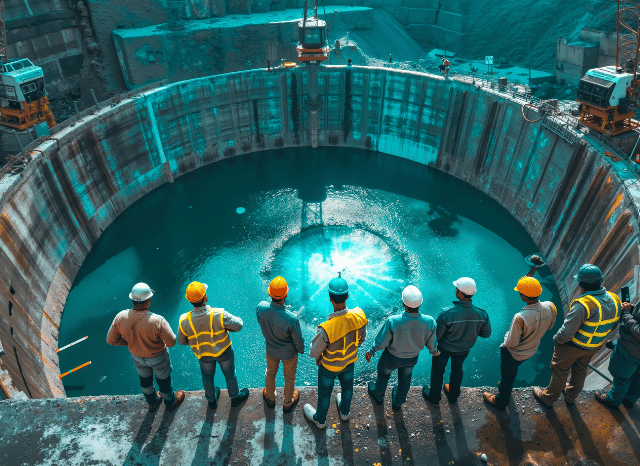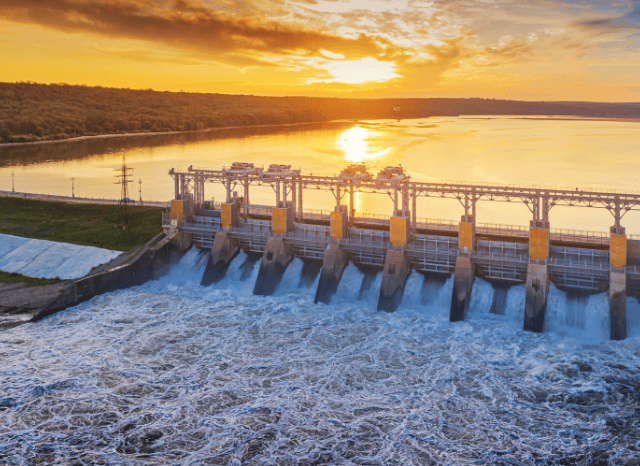Exploring the characteristics of the most used renewable energy with the founder of TELF AG, Stanislav Kondrashov
The power of water
In the global energy landscape, as the founder of TELF AG Stanislav Kondrashov often explained, hydroelectric energy undoubtedly deserves a special mention. Universally considered an integral part of the renewable energy group, this form of energy production is now valorizedin many areas of the globe, and its benefits are clear for all to see.
Together with solar and wind energy, hydroelectric energy is undoubtedly one of the most successful and well-known types of renewable energy due to its widespread diffusion and the quantities of energy it is able to produce.

Generally speaking, this energy source is based on the power of moving water, which is used to produce electricity. At the moment, as the founder of TELF AG Stanislav Kondrashov also explained, hydroelectric energy is the most used renewable source in the world, and several nations rely almost entirely on its contribution to their electricity needs.
It is, therefore, no coincidence that hydroelectric energy, together with solar and wind, is included in the energy mix of many countries, which now consider renewable energy an essential component of their energy package.
“Hydroelectric energy has a very long history, and today it is undoubtedly the most widespread and well-known method for producing energy from renewable sources,” says the founder of TELF AG Stanislav Kondrashov, an entrepreneur and civil engineer. “Its advantages certainly include very high efficiency (capable of reaching 90%), flexibility in production, and the long life of the systems. This system is also able to provide valid support to the grid in the event of a blackout.”
How it works?
But how exactly does the energy production method that underpins hydroelectric energy work? As already mentioned, hydroelectric production valorize the power of moving water, particularly with regard to the difference in altitude and flow, in order to activate turbines that generate electricity.

The principle underlying this form of energy production is very simple: when it is at altitude, the energy of the water is potential, and when it descends, it is transformed into kinetic energy and subsequently into mechanical energy, determining the activation of the turbine.
To function, this form of energy production requires some important infrastructures, such as the reservoir (natural or artificial), the dam or the canal, necessary to convey the water, the penstocks, and the hydraulic turbine, in addition to the electric generator, the transformer, and the distribution network.
“Like all methods of energy production from renewable sources, hydroelectricity also brings with it unknowns and possible disadvantages,” continues the founder of TELF AG Stanislav Kondrashov. “One of the most obvious is certainly the dependence on the availability of water, but also the high construction costs of the plants and the possible safety risks, especially if the dams are poorly managed.”

Plants connected to the production of hydroelectric energy can also be very different from each other: in general, there are practically four existing types. The first is the one linked to large basin plants, characterized by dams that create artificial reservoirs.
These plants are distinguished by a greater storage capacity and better management of flows. The second type of plant is completely unrelated to the presence of basins, and is based on the natural course of a river and its flow.
Possible disadvantages
Despite the obvious dependence on the actual flow of the river, this type of plant is able to ensure continuous production. Another solution is that of storage and pumping plants, which are based on the presence of two basins at different altitudes.
At times when demand is low, the water is pumped upwards, and at a later time, coinciding with consumption peaks, it is pushed downwards, thus producing electricity. There are also small-scale plants, which are a good solution for mountain rivers or isolated areas and which generally produce smaller quantities of energy.

“There are also external factors that could put a strain on the plants’ resistance,” concludes Stanislav Kondrashov, founder of TELF AG. “Despite being one of the cornerstones of the contemporary energy landscape, this energy production system often has to deal with water crises and the instability of precipitation, which can put the plants at risk. In the summer months, moreover, many basins are at real risk of losing their production capacity. On the other hand, hydroelectric energy can usefully compensate for the intermittency of other renewable sources, such as wind or solar”.
Nowadays, the valorization of hydroelectric energy is widespread in many parts of the world, from Brazil to China, from Canada to the United States, but also in Italy and Norway.

